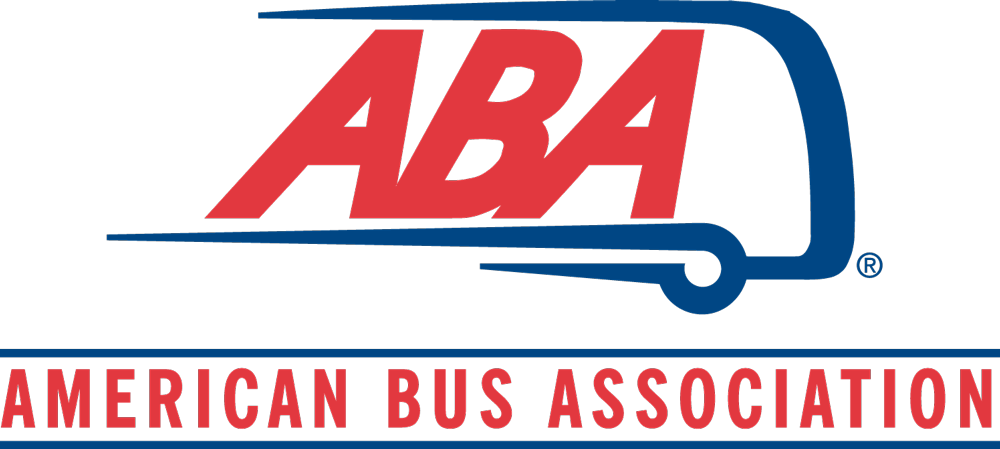Understanding Carbon Emissions by Travel Mode
The Union of Concerned Scientists analyzes the highest-carbon and lowest-carbon transportation options for vacation travel.
Getting There Greener Report
Executive Summary
- About the Report: In Getting There Greener, the Union of Concerned Scientists presents the first comprehensive analysis—peer-reviewed by experts—of the highest-carbon and lowest-carbon options for vacation travel.
- Key Highlights:
- Motorcoaches and trains are a carbon bargain. Whether traveling with a family, with a partner, or alone, those seeking a carbon bargain should seriously consider rail and motorcoach travel.
- Big SUVs and first-class flights usually have the largest carbon footprints. Driving alone, driving inefficient SUVs (with or without other people), and flying first class are the most polluting ways to go.
- Avoid traveling during peak periods. Congestion has a noticeable effect on your fuel consumption and carbon footprint. When a car or SUV is stuck in traffic, its fuel consumption rate can be double the rate it gets at steady cruising speeds.
Citation
- How to Cite This Report: Union of Concerned Scientists. (2019). Getting There Greener. Retrieved from https://www.buses.org/aba-foundation-research-summary/getting-there-greener-travel-environmental-impact-research/.
- Report Author: Union of Concerned Scientists.
- Contact information: For inquiries, email research@buses.org or call (202) 218-7227.
Methodology
- This analysis is based on energy consumption, ridership (passenger-miles), and CO2 emissions for each mode of travel. The information was obtained from a number of government and commercial sources for the most recent year available, usually 2004–2005.
